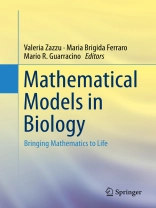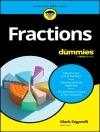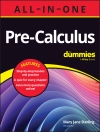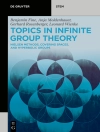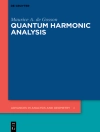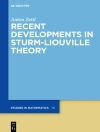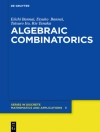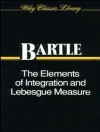This book presents an exciting collection of contributions based on the workshop “Bringing Maths to Life” held October 27-29, 2014 in Naples, Italy. The state-of-the art research in biology and the statistical and analytical challenges facing huge masses of data collection are treated in this Work. Specific topics explored in depth surround the sessions and special invited sessions of the workshop and include genetic variability via differential expression, molecular dynamics and modeling, complex biological systems viewed from quantitative models, and microscopy images processing, to name several.
In depth discussions of the mathematical analysis required to extract insights from complex bodies of biological datasets, to aid development in the field novel algorithms, methods and software tools for genetic variability, molecular dynamics, and complex biological systems are presented in this book.
Researchers and graduate students in biology, life science, and mathematics/statistics will find the content useful as it addresses existing challenges in identifying the gaps between mathematical modeling and biological research. The shared solutions will aid and promote further collaboration between life sciences and mathematics.
Inhoudsopgave
Image segmentation, processing and analysis in microscopy and life science.- Image analysis and classification for high-throughput screening of embryonic stem cells.- Exploiting “mental” images in artificial neural network computation.- Applying design of experiment methodology to PEI toxicity assay on neural progenitor cells.- A design of experiment approach to optimize an image analysis protocol for drug screening.- Computational modeling of mi RNA biogenesis.- Tunicate neurogenesis: the case of the Sox B2 missing CNE.- MECP2: a multifunctional protein supporting brain complexity.- DNA barcode classification using general regression neural network with different distance models.- First application of a distance-based outlier approach to detect highly differentiated genomic regions across human populations.- Predicting the metagenomic content using multiple CART trees.- A statistical approach to infer 3D chromatin structure.- Basic exploratory proteins analysis with statistical methods applied on structural features.- Modeling of Protein Surface using Parallel Heterogeneous Architectures.
